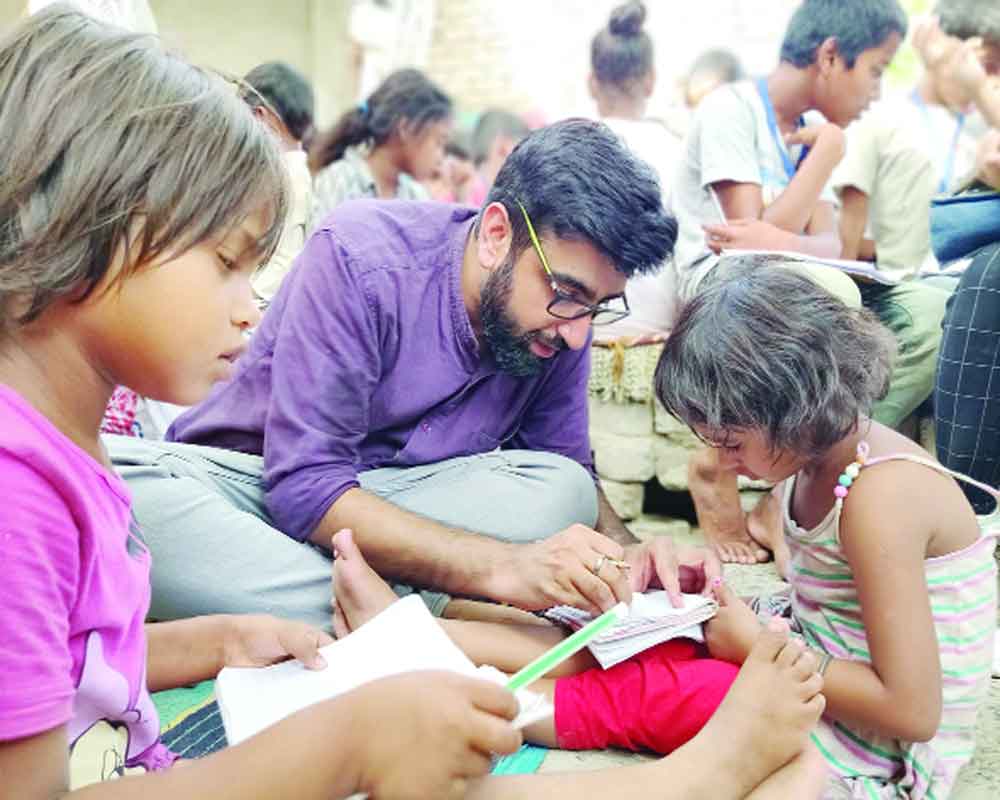It is incumbent upon us to ensure that every student receives vital lessons in empathy
After being constantly taunted for her height, skin colour and academic performance by her fellow students for months, a 12-year-old girl cut her wrists in an attempt to end her mental agony. Fortunately, she was saved. But a 16-year-old student of Class 10, who jumped off the top floor of the apartment building he was living in, did not survive. It was his letter to his mother in which he wrote that the school had killed him, that revealed the shocking details of bullying he was subjected to and the school’s failure to stop it. While several steps have been taken to put an end to bullying, penal action can only be a temporary deterrent and not a long-term solution especially in the present milieu of hyped social media, freely available toxic content and, peer pressure.
If children are taught to engage empathetically, can it inculcate feelings of respect, dignity and compassion for all? Project Empathy, an endeavour to bring empathy education into school curricula, believes being empathetic can nurture emotionally and mentally strong human beings. When young students understand the importance of living in harmony with one another, the ‘walls of division’ between them transform into 'walls of friendship’. Contrary to popular belief, empathy can be taught. While 50% of our empathic capacities are genetically inherited, research shows that the rest can be learnt. This is the biggest reason why empathy must be taught at a young age. Over the last five years, Project Empathy led by educationist Vibha Lakhera, introduced this concept and developed activities and stories that acknowledge, recognize and identify emotions and broaden the discussion around emotional health and well-being of every student.
Empathy education helps to enrich the emotional vocabulary of students and build their emotional and mental resilience. Introduced in about six schools mainly army schools like the Army Rifles Public Schools in North India and Kashmir and Alok Bharati Public School in Delhi, the project has been able to reach out to over 1500 students. Importantly, teachers, who lay the foundation for their values, have been recognized as critical to the success of teaching empathy.
This resource book for teachers draws from the education system and best practices in schools in Denmark and Finland, two countries among the top three happiest countries in the world according to the United National Happiness Report. Put together by Lakhera and veteran development journalist Usha Rai, the interesting manual explains the neuroscience of empathy with the help of psychologists and brain scientists sans any jargon. The mirror neurons, which light up when a person feels an emotion like sadness or joy, respond in the same way when this person sees another person also demonstrating the same kind of feelings or actions. This empathic reaction helps to understand and share experiences.
The manual also explains the types of empathy-cognitive, emotional and compassionate while differentiating between sympathy and empathy. Stories centred on children and their emotions have been innovatively used to provide practical guidelines on how to diffuse tensions, reduce stress, and strengthen understanding of each other’s differences. At present, empathy is not included in teacher training programmes. Only a handful of schools have taken the initiative to introduce the concept of empathy education, There is a need to encourage all students to consider different perspectives and viewpoints. Only by being empathetic, can they understand and acknowledge differences of opinion and resolve conflict situations.
(Swapna Majumdar is a journalist writing on development and gender. The views are expressed are personal)


























